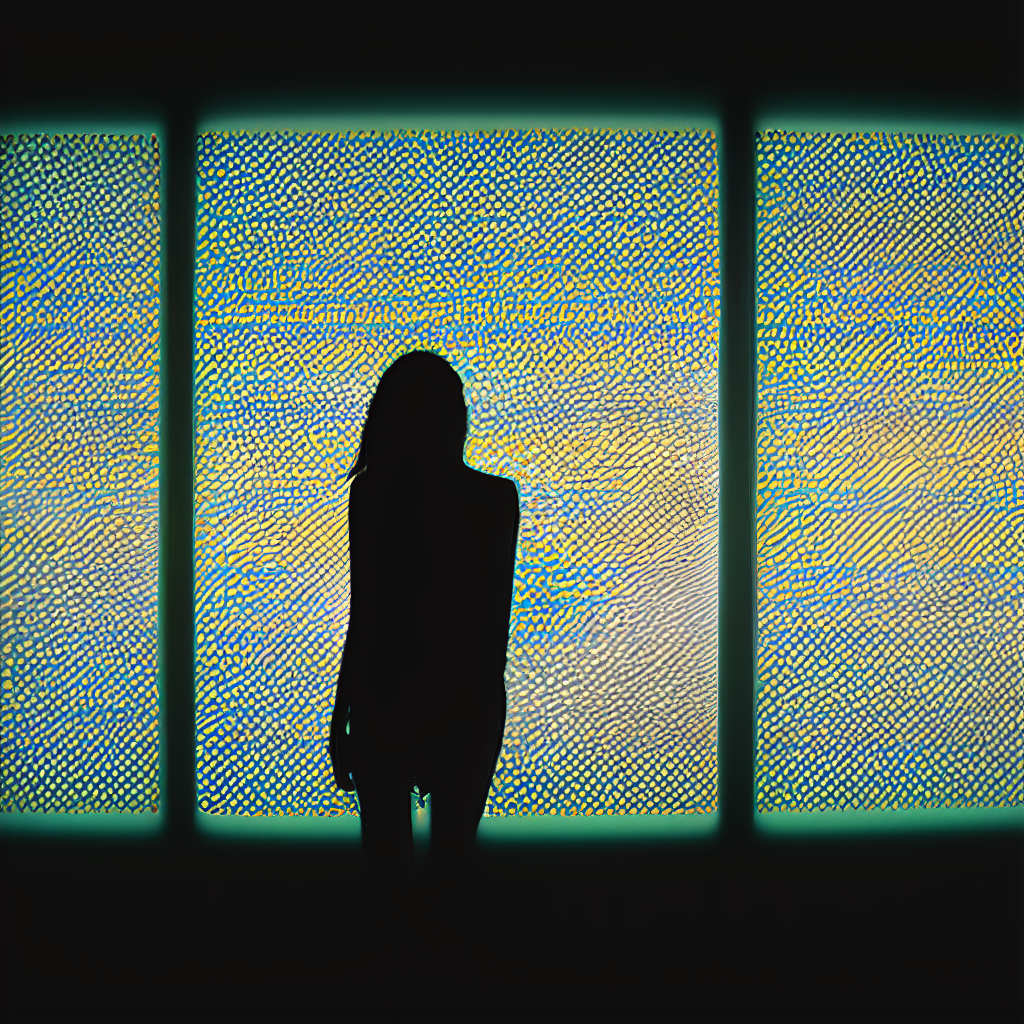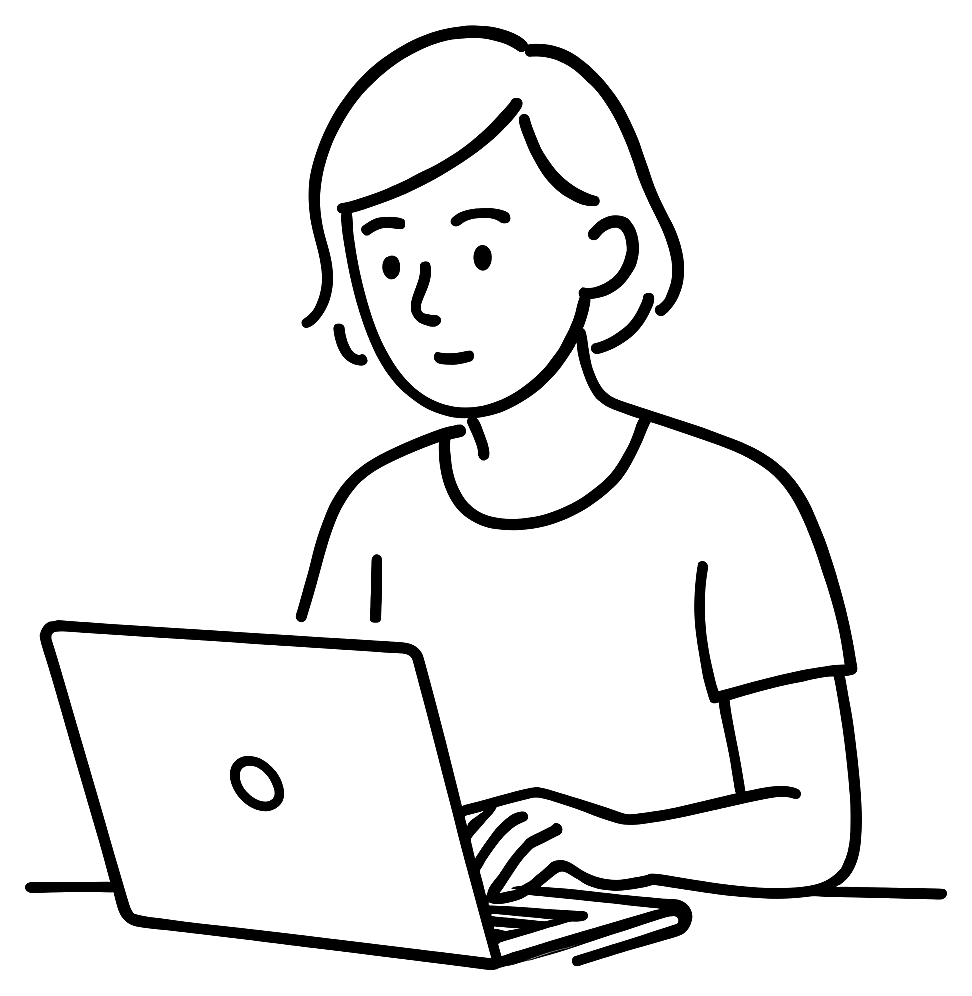In the rapidly evolving landscape of artificial intelligence, one technique has been making waves for its ability to generate stunningly images: Diffusion. This cutting-edge method leverages the principles of diffusion processes, transforming random noise into coherent, detailed images through an iterative refinement process. Let's delve into the world of Stable Diffusion, exploring its mechanics, advantages, applications, and the profound impact it's having on image synthesis, creative processes, and beyond. Discover how this groundbreaking method is revolutionizing visual content creation while concerns remain about energy consumption and inherited bias.
Understanding Stable Diffusion
Stable Diffusion is inspired by diffusion processes observed in physics, where particles move from areas of high concentration to low concentration until equilibrium is reached. In image synthesis, this concept is ingeniously reversed. Instead of particles reaching equilibrium, the process starts with a noisy image and gradually refines it into a clear, high-quality image.
The technique involves two primary phases: the forward diffusion process and the reverse diffusion process. The forward diffusion process begins with a clean image, to which Gaussian noise is progressively added over several steps. This transforms the image into a noisy version, essentially degrading it step by step. The reverse diffusion process is where the actual image generation occurs. It aims to revert the noisy image back to its original form, step by step, by denoising it. This process is driven by a neural network, which is provided with noisy images along with the corresponding noise levels. Its task is to predict the noise that was added at each step. Over time, the model becomes adept at this prediction, making it capable of effectively denoising images during the generation phase.
Once the model is trained, it can generate new images starting from pure noise. The reverse diffusion process is applied iteratively, with the model predicting and subtracting the noise at each step. This gradual refinement transforms the initial random noise into a detailed image.
Advantages and applications
Image Generation: Compared to other generative models such as GANs (Generative Adversarial Networks), Stable Diffusion can produce images with finer details and higher fidelity.
The technique can be adapted for various image synthesis tasks, including inpainting (filling in missing parts of an image), super-resolution (enhancing image resolution), and conditional image generation (creating images based on textual descriptions or other inputs).
Beyond computer vision, the principles of SD can be applied to other domains such as audio synthesis, data augmentation, and any scenario that requires the generation of high-dimensional data. "Diffusion models have recently found applications in natural language processing (NLP), particularly in areas like text generation and summarization". [1]
SD represents a significant leap forward in the field of generative modeling. Its ability to produce high-quality images through a iterative refinement process opens up new possibilities for both creative and practical applications. SD can boost your productivity and creativity, from creating art or enhancing photographs to generating realistic virtual environments and improving medical imaging, the potential applications are vast and varied. Also SD is really fun to work with, it isn't just a technological marvel, it can be a transformative tool for creatives, at the prompt of a command it offers a new playground for artists, designers, and developers.
The creative process
The creative process often involves experimenting with various concepts, styles, and ideas. SD is a powerful tool to experiment with visual possibilities. It may help with finding inspiration and explore creative avenues they might not have considered otherwise. A single prompt can yield a variety of interpretations, offering a rich tapestry of visual ideas to draw from.
Rapid Prototyping: Designers can prototype concepts for clients or personal projects. This rapid iteration process allows for more dynamic and flexible creativity, work faster and smarter, where ideas can be visualized and modified on the fly.
Style Exploration: SD can mimic various artistic styles, allowing artists to experiment with different aesthetics without having to master each technique and it allows you to mix different styles and create imaginary collaborations. This capability can be particularly valuable for projects requiring a specific look and feel, such as branding, marketing materials, or conceptual art for films and games.
For developers: Game developers can use Stable Diffusion to generate textures, backgrounds, character designs, and other visual assets. This can significantly speed up the development process and reduce the need for extensive manual artwork.
Personalization: With the ability to generate unique images on demand, developers can create more personalized and immersive experiences for users. Imagine a game where each player's environment is uniquely generated based on their interactions and choices, enhancing engagement and replayability.
Innovation in Storytelling: Filmmakers, storytellers and designers can use SD to create storyboards, mood boards, conceptual art, and visual effects. This may help in visualizing scenes before they are shot or developed.
By lowering the barriers to quality image creation, SD allows individuals and small teams to produce professional-grade visuals without needing extensive resources when working locally. By generating visual aids quickly, teams can communicate ideas more effectively, bridging the gap between conceptual discussions and visual realization. This is particularly useful in industries where visual precision is critical.
From text to dynamic video
SD will revolutionize the creation of videos from textual descriptions and static images. This advancement in text-to-video and image-to-video synthesis leverages neural networks to translate text and images into coherent video sequences. For text-to-video, the model 'comprehends' the content of descriptions and tries to generate smooth and consistent frames aligned with the narrative. Image-to-video synthesis animates static images by predicting possible motions and refining frames to ensure fluid transitions.
These technologies are transforming creative content production across various fields. In filmmaking, they enable rapid storyboarding and pre-visualization, allowing directors to visualize scenes from scripts efficiently. Marketers can generate engaging video content from product descriptions or static promotional images, enhancing storytelling and audience engagement. On social media, users can create dynamic videos from text or photos, fostering more interactive experiences.
Beyond entertainment, these tools can enhance education and training by generating learning content and immersive training modules from textual instructions. They can also promote accessibility, allowing for personalized video content and assisting any individual in creating a visual narrative. However, many challenges remain, such as ensuring accuracy or maintaining temporal consistency across frames.
Environmental Impact
SD, while groundbreaking in its capabilities for image and video generation, also brings significant considerations regarding energy consumption. Training these models is particularly energy-intensive. It involves processing large datasets across numerous epochs, requiring the use of powerful GPUs or specialized hardware like TPUs (Tensor Processing Units). This high computational demand translates into considerable energy consumption and associated carbon footprint.
Moreover, inference, the phase where the model generates new content from trained weights, also consumes notable energy, especially for video synthesis which involves generating multiple frames per second. As the scale of content generation increases, so does the energy usage and without considering energy consumption while streaming this videos. Each step of the iterative process—refining noise into coherent images or videos—demands extensive processing, particularly when generating high-resolution content.
Efforts to mitigate this include optimizing algorithms for efficiency, employing more energy-efficient hardware, leveraging techniques to reduce the computational load, and to explore distributed training and inference systems that utilize renewable energy sources. Balancing the innovative potential of SD with sustainable practices remains a focus for the future.
"Efficient models, like Stable Diffusion Base, consume around 0.01–0.05 kWh per 1,000 image generations. That's about 0.000014–0.000071 kWh per image. More powerful models, such as Stable Diffusion XL, can use up to 0.06–0.29 kWh per 1,000 images. That's approximately 0.000086–0.00029 kWh per image." [4] "Generating one image using AI can use almost as much energy as charging your smartphone"[5] and to create a great image you go through a iterative process that will generate a lot of images. Installing the models locally should be your first step, if you want to engage with SD, also planting a tree can be a good idea.
Bias Concerns
SD models, while amazing in generating images and videos, bring to the forefront significant ethical and bias concerns. These models learn from vast datasets that contain inherent biases, which is reflected in the outputs.
Diffusion models have, like other AI systems, inherited biases, this leads to outputs that may reinforce harmful stereotypes or exclude certain groups. For instance, if the training data predominantly features certain demographics, the generated images will not accurately represent the diversity of the real world. Dependent on usage, such biases may have far-reaching implications, from perpetuating social stereotypes to influencing public opinion.
All models tested for this article presented bias, beside race, gender based stereotypes are easily observable. A prompt with country of origin (race), age and gender will generate in most cases the desired output, otherwise you get the stereotypes of the data. Probabilistic models such as SD will output what is most likely given the input, not what is true or accurate, there is no malignant code that creates bias. Reading the Press Release of Stability.ai it is the responsibility of the person generating and using the images not to reinforce stereotypes, and not the job of the model.
A perfect solution would be to curate a diverse and representative training data set, but with billions of images this is not really a possibility. In the case of Stability.ai they implemented a AI-based Safety Classifier before release to control misuse. Ongoing monitoring and auditing of AI models by the community is essential to detect and correct biases and unethical practices as they arise.
Transparency in how these models are developed and used is critical. Providing clear documentation and explanations about the data sources, training processes, environmental impact and potential biases can help users understand the limitations and implications of a model and of the technology. New models are developed with an unprecedented speed, for now precise prompting can mitigate partially the bias in these models.
Early Conclusions
SD stands at the forefront of generative modeling, offering great capabilities in creating high-quality images and now early video models are being released. By transforming random noise into detailed visuals through iterative refinement, it opens new avenues for artistic expression, rapid prototyping, and innovative storytelling, etc. However, the adoption of this powerful technology also brings significant challenges, including high energy consumption and concerns related to bias. As we harness the creative potential of SD, it is imperative to address these issues through sustainable practices, hopefully more diverse training datasets, and transparent development processes, balancing innovation with responsibility.
Sources
[0] 20 days experimentation with sd_xl_base_1.0, sd_xl_refiner_1.0, sdxl_lightning, SD v1-5 , SD v2-1, mdjrny-v4 and DALL·E 2 + 3.
[1] Wikipedia Diffusion Models
[2] GPT‑4o + GPT‑3.5
[3] Introduction to diffusion models for machine learning
[4] The Hidden Cost of AI Images: How Generating One Could Power Your Fridge for Hours


Add new comment